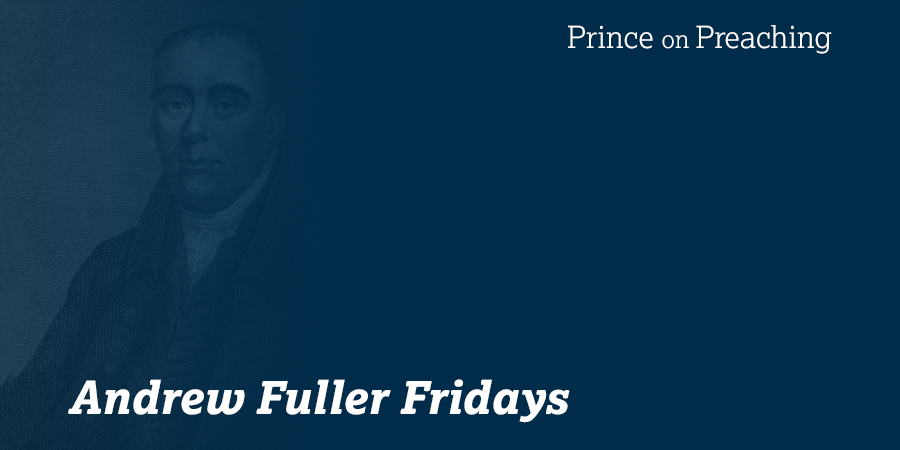
Cosper, Mike. Rhythms of Grace: How the Church’s Worship Tells the Story of the Gospel. Wheaton, IL: Crossway, 2013. 226 pp. Kindle.
INTRODUCTION
Growing up (and convictionally staying) a Southern Baptist, the word “liturgy” conjures images of a vestment-clad, censer-wielding priest pacing the center aisle of an ornately designed cathedral filled with communal recitations of Latin prayers – not exactly befitting to my low-church Protestant upbringing. In Rhythms of Grace, Mike Cosper (Pastor of Worship and Arts, Sojourn Community Church) seeks to re-orient liturgy as the gospel-proclaiming habits of a gathered church body. The liturgy, or the “work” of the church, is the way the gathered body of Christ tells the gospel story.
SUMMARY
The purpose of this book is to help the church define and flesh out our worship as the “celebrative response to what God has done, is doing, and promises to do” (30). This encapsulates the whole life of the church as a collected people, not only individual believers. Cosper begins with a compelling rundown of redemptive history, telling the story of worship through four “movements” (chapters): Eden, the Wilderness (the world, post-Fall), Israel, and Jesus. Through engaging storytelling he gives his reader a brief-yet-robust theology of worship, recounting how, in the beginning, worship was just as God intended – pure and undefiled – and yet became corrupted through sin. Now, through Christ, worship is “back in the Garden” where Christians have free and unfettered access to the Father. Cosper then takes it to the ground level for the remaining six chapters and cements how this worship story continues in churches today. Chapters five through eight give the reader both a theological framework and a practical outworking of how to think about the worship service in our modern context, tethering it to both scriptural and historical foundations. The last two chapters are devoted to music among the people of God with the last chapter written as an encouragement and exhortation for worship leaders to be pastors, not rock stars.
EVALUATION
My greatest appreciation for this book stems from its gospel-centeredness. Every page is dripping thick with God’s redemptive work through the blood of Jesus Christ. Cosper continually calls us to orient everything in our worship services to point, remind, and call people to believe the gospel.
In chapter five, Cosper outlines a framework on how to think about worship: Worship One, Two, Three. That is, worship has one author and object (God), two contexts (scattered and gathered), and three audiences (God, the church, the world). This framework is helpful for worship leaders as they consider how to construct service flow, content, and song choice. It causes us to rid our services of “me-oriented” songs and prayers (“I will lift my eyes,” “I will go,” “I will sing”) and move towards “God-oriented” songs where we sing more about who God is and what He’s done. It also helps us realize that we don’t sing, pray, or hear the preaching of God’s word in isolation, but rather, we do all as inextricable members of the same Body.
I benefited the most from chapter 6, “Worship as Spiritual Formation,” where Cosper argues that we are “formed by the habits in which we live,” and that “our worship practices are forming us and our communities, giving shape to what we believe” (91, 93). What we do on a Sunday morning is a microcosm of the Kingdom of God. Whether our gathered worship is cold, stoic, and stern, or wildly rambunctious, chaotic, and prone to emotional outbursts, we’re communicating something (true or untrue) about the Kingdom. The songs we sing, the words we pray, and the form or style in which we do these things all communicate truth or untruth about the Kingdom of God, so we must carefully curate our liturgical decisions to communicate what is true. Sometimes this is done by consciously breaking the expected norm. A congregation cultured in modern, four-on-the-floor folk-rock would be well-served to sing a traditional rendition of an ancient hymn. A piano-and-organ congregation steeped in traditional hymnody would benefit from an energetic contemporary praise chorus. In either scenario (and there are countless other examples), the locally gathered people of God are reminded and taught that the Kingdom extends beyond time, culture, language, and style.
The vast majority of this book is fantastic. My harshest critique comes from Cosper’s lackluster discussion of preaching, to which he devotes only two paragraphs in the entire book. To be fair, he goes on record to say he’s “far from an expert on preaching, and because anything While I don’t land with Cosper at every application point, this book served me well as a reminder and encouragement to thoughtfully walk through God’s redemption story each Lord’s Day in our song selection and preaching and also in our “movements” in between (prayer, corporate confession, etc). This book receives a glowing recommendation. It’s a punchy, yet greatly beneficial read you could easily finish at in a few hours and yet could re-read many times over and still glean from its wisdom. Whether you’re a budding worship leader, a seasoned worship pastor, or a church-goer who wants to understand why we do what we do on Sunday mornings, all can benefit from this short-yet-powerful read. I found myself time and time again saying, “Yes and amen!” There’s a lot of gospel gold to be mined here, and this is a welcome addition to helping us understand worship in the church. Clay Tabor, Worship Leader, Ashland in Madison County, Richmond, KYCONCLUSION




